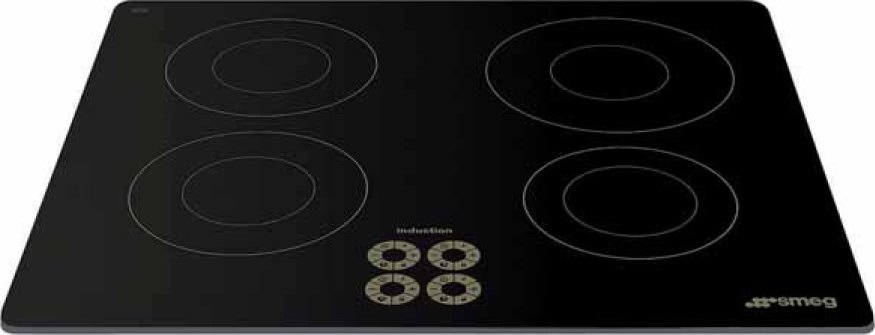Glass Ceramics (aka Vitro Ceramics)
How does a material translate into a consumer experience? Or how can a material’s functionality be exploited to create an emotional response? The case of glass ceramics provides the answers. The early-to-mid part of the twentieth century marked a new age in materials. Not just because it witnessed the introduction of so many new types of materials – Nylon, Teflon®, Pyrex® – but also because it marked the point at which stories of the future were based on the promise of these new materials.
One of the success stories from this period was glass ceramic, a ‘super material’ that combined the properties of glass and ceramic, notably to produce a resistance to thermal shock. In addition to this property, and in comparison to conventional glass, glass ceramics are highly impact- and scratch resistant.
For the 1950s housewife this material meant ovenware that allowed her to take dishes straight from the freezer into a hot oven. For marketeers this could be translated into ‘convenience’. The invention of CorningWare, alongside brands like Tupperware, meant that life in the 1950s was going to be liberated from tiny inconveniences. Glass-ceramics also provided a material for use in flat covers for kitchen hobs that eliminated the clunky cast-iron hot plates and rings that everyone was used to. For the modern consumer this translated into an ‘easy clean’ surface.
Image: Marc Newson hob for SMEG with Schott Ceran® glass

Key features
•High thermal shock resistance
•High impact strength
•Extreme heat resistance
•Virtually no thermal expansion
•Translucent or opaque
Sources
Major global glass suppliers, such as Corning, Schott and Saint Gobain all produce various forms of glass ceramics.
Cost
Relatively expensive.
Sustainability issues
Some glass-ceramics are produced with the use of heavy metals.
Production
Glass-ceramics can be pressed, blown, rolled or cast and then annealed. Up until this point the glass is virtually the same as normal glass. During the second phase the moulded products are subjected to a specific temperature and go through a process known as ceramification, which means they are formed into a polycrystalline material.
Typical applications
It’s said by Corning Glass that the material came out of missile nose cones, which needed to withstand high temperatures. That one of the scientists working at Corning in idyllic Upstate New York took a sample home, where his wife preceded to experiment with cooking dinner in the sample, only to discover its properties were just as useful for cooking as they were for sending missiles into space. Beyond these two applications glass-ceramics are also used for windows for gas and coal fires and as mirror substrates for astronomical telescopes, which take advantage of its low thermal expansion.
One of the major players in the glassceramic industry is Ceran®, produced by Schott, which is one of leading brands in glass-ceramics for cooking tops. Such is the popularity of this non-porous cooking surface that is also promoted as an indoor barbecue, which can be cooked on directly.
| + | – |
|
–Versatile processing –High thermal-shock resistance –High impact strength –Scratch resistant |
–Comparatively expensive –Some glass ceramics use heavy metals in their production, causing environmental concerns |
